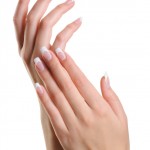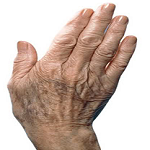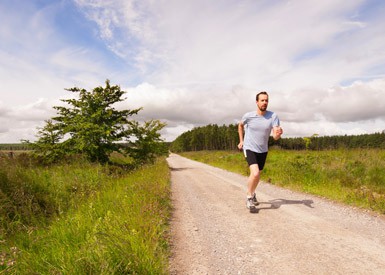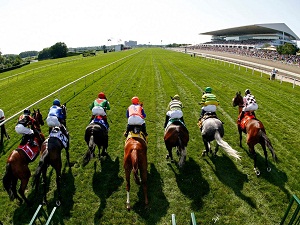June is the quintessential month for weddings. The phrase “June Bride” is in our vernacular, conjuring up images of a beautiful bride, a handsome groom, family and a spectacular and exotic honeymoon.
Before the wedding takes place however, there is the all-important engagement photo shoot and for that, women throughout the country are acting on a new trend – plastic surgery for their hands, also known as hand rejuvenation or “handlifts” to show-off their beautiful diamond ring.
This new trend is rooted in today’s social media practice called the “selfie”. Newly engaged women are excited to show off the ring on their finger and post it in social media outlets like Facebook and Instagram. “Selfies” have made society more self conscious of their appearance including their hands. “Handlifts” have gone up 40% since the rise of social media.
According to Dr. Weil, “Next to our faces the hands are the most recognizable and exposed parts of the body. The hands are often forgotten when it comes to rejuvenation procedures. However, they are one of the first areas which are noticed by others, especially when there are years between the appearance of your face and hands. Just like our faces, our hands will show the signs of aging. In some cases our hands may even make us look older than we are. As we age our hands lose fat– along with collagen– which decreases the elasticity and leads to thinning of our skin. This can cause the skin to become loose and wrinkled and cause the veins and tendons of our hands to become more prominent. Today, however, Dermal Fillers (Juvederm, Restylane, Perlane, Radiesse, etc.) have become an excellent option for restoring the volume and smoothness that our youthful hands once had.”
Dr. Weil’s dermal filler of choice for hand rejuvenation is Juvederm Ultra XC. Juvederm Ultra XC works by restoring the volume of hyaluronic acid in your skin, helping to reduce wrinkles and smooth out folds. Hyaluronic Acid (HA) is a naturally occurring sugar found in the human body.
Hyaluronic acid creates volume in the skin by delivering nutrients and by holding in water, making sure the skin stays hydrated. Its function is very similar to that of a sponge–it soaks up and absorbs water–which in this case creates volume in the skin of your hands. Dr Weil goes on to say, “Think of hyaluronic acid as the body’s internal moisturizer!”


Pigment changes and dark spots occur as a result of sun exposure. The thin skin becomes wrinkled and has far less elasticity.

Using dermal fillers to restore the volume and smooth away wrinkles of the hands is a procedure with little discomfort and no downtime.
If you would like more information about hand rejuvenation, call Orthopedic Specialists of Seattle at (206) 633-8100 to schedule an appointment with Dr. Weil.

 Speaking of physical reminders, the change in season is the perfect opportunity to change your sneakers!
Speaking of physical reminders, the change in season is the perfect opportunity to change your sneakers! 

